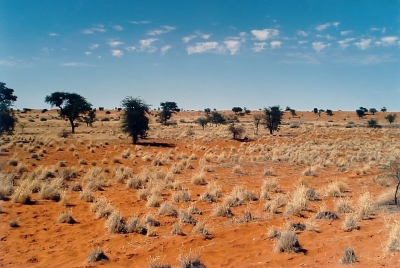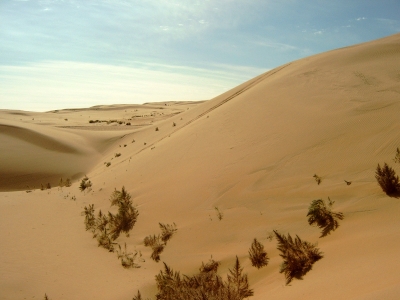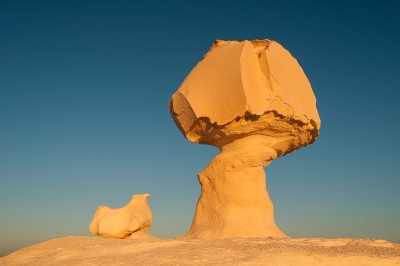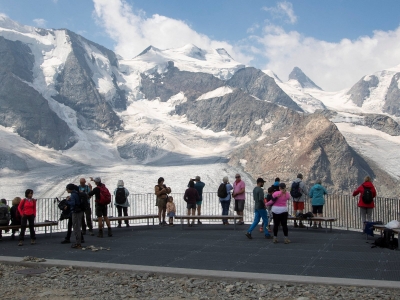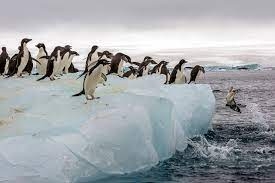
The warming climate is having an impact on Antarctica and its large penguin population. Here's a firsthand account of a trip through the frozen continent by an agriculture and environment scientist
No one owns Antarctica, but the penguins call it home. A frozen landmass that is over four times bigger than India, it has become a bellwether of the climate crisis.
Last year, a large chunk of ice-1.270 sq. km wide-split from the continental shelf causing concern among scientists. Was it due to climate change? Scientists are not sure. But what they know is that the rate of ice loss in Antarctica has tripled since 2012 compared to two decades earlier. Large chunks are splitting regularly from ice shelves, often requiring maps to be redrawn. The warming climate is having an impact on the 6-km-deep ice sheets and the resident penguin population.
Home of penguins
An estimated 12 million penguins live in Antarctica, though it is not their only habitat. Of the 18 species, only five live in Antarctica, including the renowned emperor penguins who march across the frozen tundra in a mating ritual that was featured in the documentary. "March of the Penguins" (Unfortunately, a new report forecasts that the entire population of emperor penguins may disappear by the year 21001)
Inspired in part by the movie and a desire to see the impact of climate change, I flew with two friends to Antarctica a few years ago. It was quite an adventure.
A plane took us from Punta Arenas, Chile, to the Chilean air base on King George Island. As it landed, a group of curious gentoo penguins came out to greet us. They were probably wondering who we were and why we were invading their space! We saw more of their cousins and their colonies as well as elephant seals and leopard seals when we explored the land and the sea over the next few days.
Cause for concern
About 90 per cent of the world's ice and 70 per cent of fresh water is in Antarctica. Some have calculated that if all of Antarctica's ice melted, sea levels would rise 60 to 70 m. drowning all coastal cities. Should we be concerned? Most certainly, as we would want to bequeath a better planet to future generations.
Antarctica is regarded by scientists as the perfect place to do research on flora and fauna, climate and a variety of issues-so there are 70 research stations involving 29 countries. Though there is no native human population, visiting researchers hope to find new organisms or data that could reveal the Earth's climate history and signs of a changing environment.
Living and doing research in a place, where temperatures can dip to minus 90 degrees Celsius and dark winters last six months, can be a challenge in the best of times. But it became a bigger challenge during the pandemic. In December 2020, the Chilean research station reported 36 COVID cases and the affected persons had to be evacuated to their home country.
New research
In 1985, British scientists discovered a hole in the ozone layer above Antarctica, which revealed the damage done to the Earth's atmosphere by manmade chemicals. In 2012, U.S. researchers discovered that Antarctica was melting twice as fast as previously thought. They also found that a warming ocean west of Antarctica would enable the king crab to move from the deep sea to shallower waters, making it a big predator and disrupting the ecosystem.
In 2017, India's polar biologists stumbled upon a species of moss they named Bryumbharatiensis. How had moss survived in this barren landscape? Dr Felix Bast, a member of the Indian research team, observed that the moss is nourished by penguin poop, which contains nitrogen and does not decompose in a frigid climate.
Impact of climate change
Sadly, Antarctica will not remain a winter wonderland for long on account of climate change. A group of scientists led by Stephen Rintoul have presented two stark images of Antarctica by 2070. In Vision 1, assuming global air temperatures rise 2.9 degrees Celsius, they predict sea levels will rise 27 cm, ice sheets will be reduced by 23 per cent and damage to the ecosystem will be most severe. In Vision 2, assuming a 0.9 degrees Celsius temperature rise, sea levels will rise only 6 cm, ice shelf loss will be 8 per cent, and damage to the ecosystem will be less severe. The outcomes will be determined by the climate actions we take in this decade. If global warming remains unchecked, it is quite possible that Antarctica will "be the world's only habitable continent by the end of this century," warns Sir David King, former Chief Scientist to the British government. Will humanity rise to the climate challenge?
Picture Credit : Google
